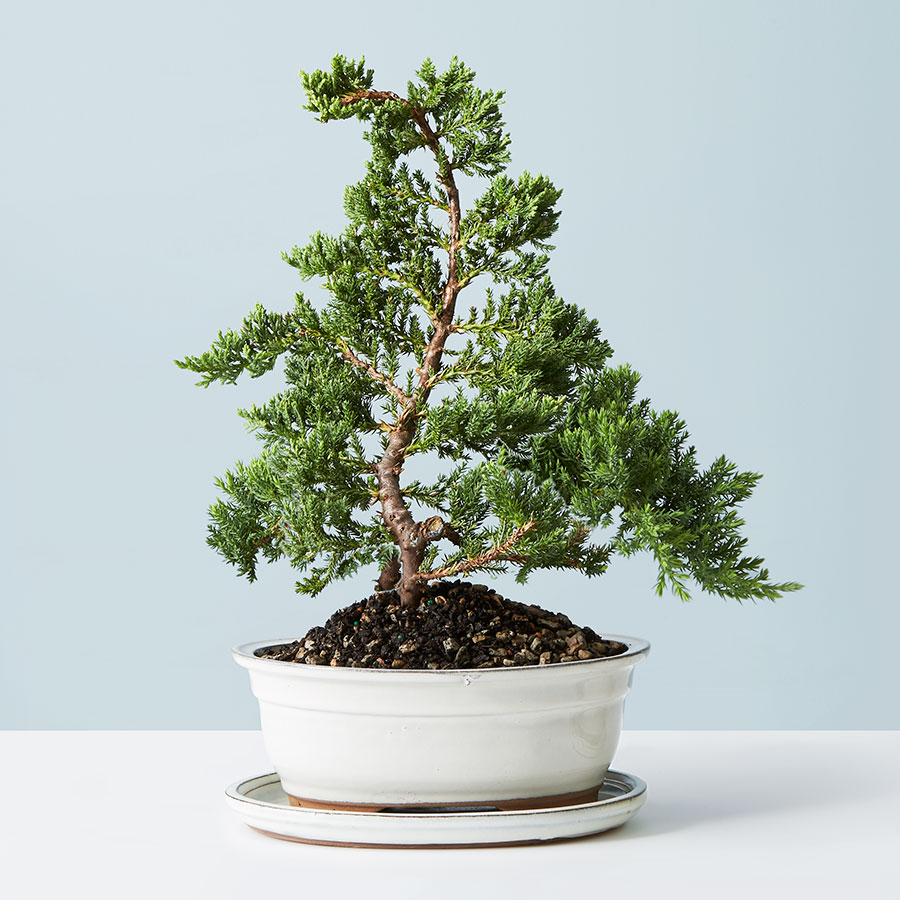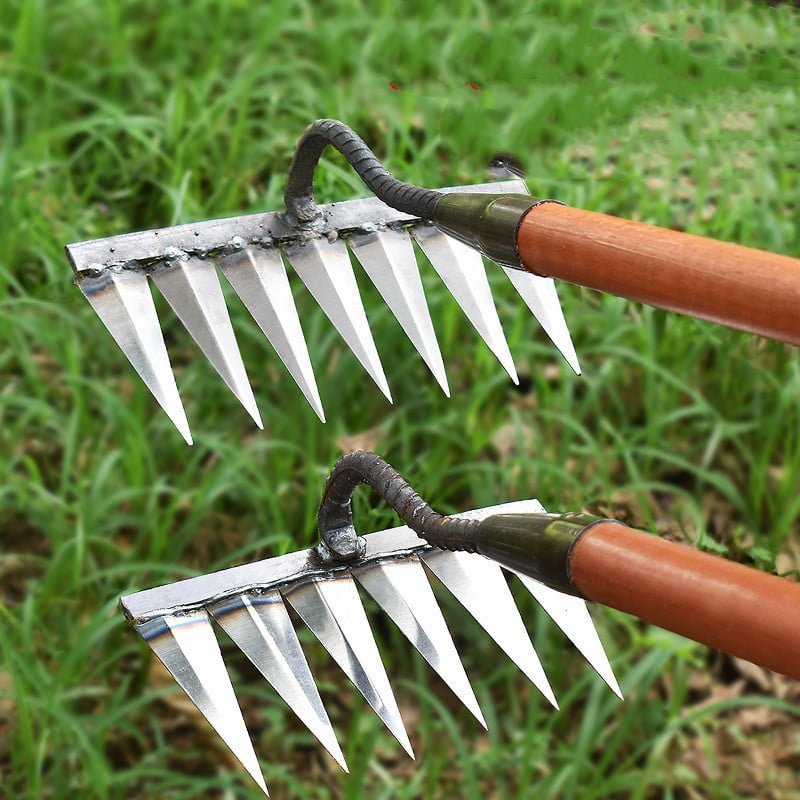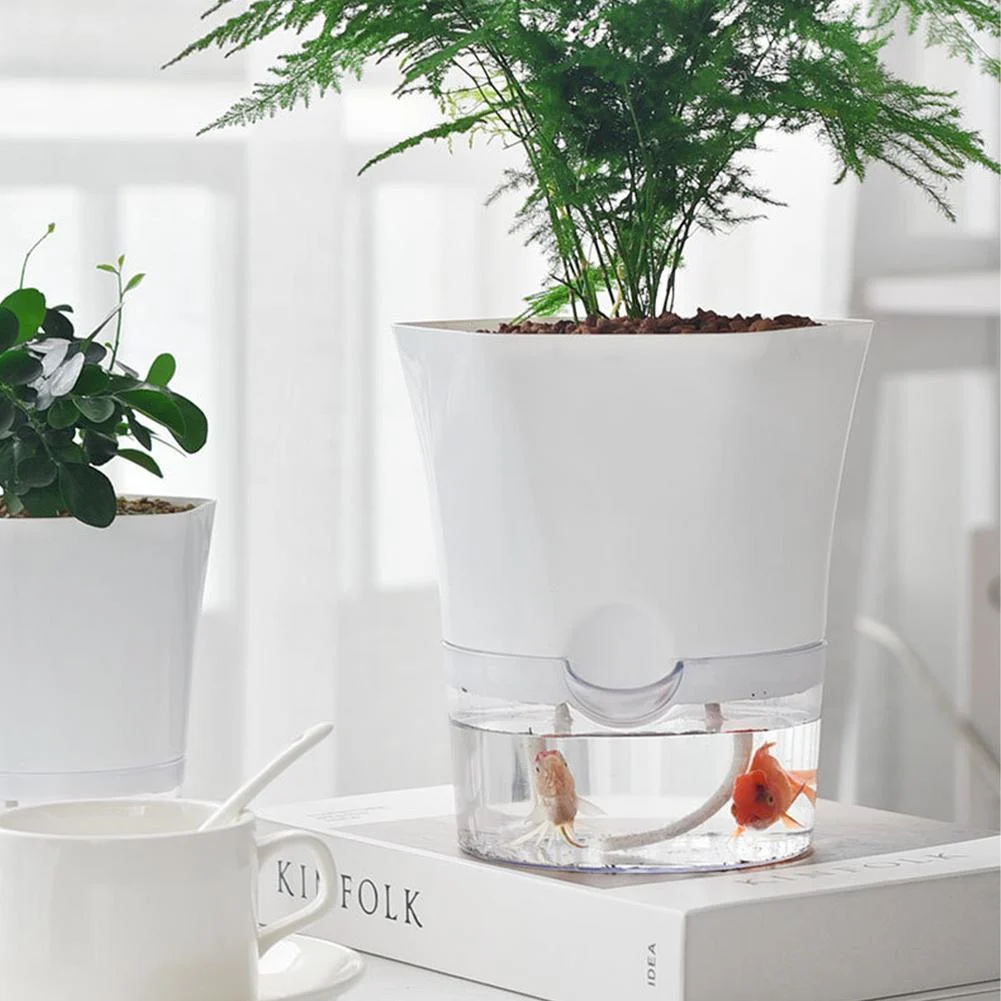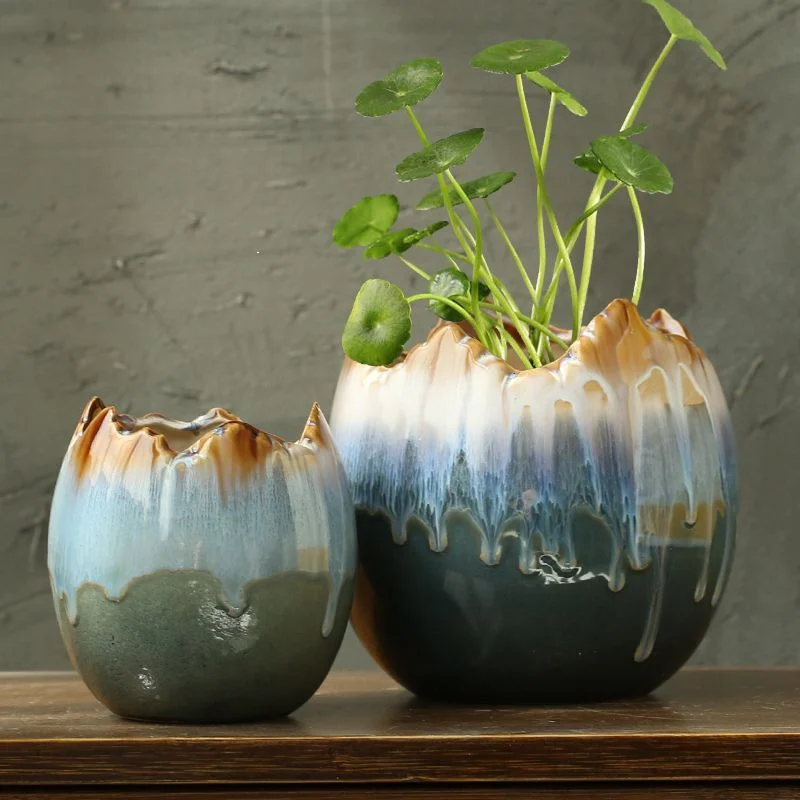How To Care For Houseplants: Tips And Tricks For Beginners To Keep Your Indoor Plants Thriving Year-Round
Caring for Houseplants: Essential Tips for Beginners
The Best Watering Practices
Watering is the most critical aspect of keeping your indoor plants healthy. Whether you’re overdoing it or neglecting to water them enough, both can spell disaster. The key here is balance. The frequency you need to water will depend on the plant type, pot size, and your home’s atmosphere. A general rule? Stick your finger in the soil up to the second knuckle. If it feels dry, it’s water time. Avoid letting the soil dry out entirely, as it stresses the plant. When you water, ensure the soil is fully soaked until the excess drains out the bottom. Empty any leftover water in the saucer to prevent root rot. Droopy leaves are a red flag that your plant needs more water.

Choosing the Right Potting Soil
The potting mix you choose is vital for the long-term success of your houseplants. Go for a well-draining, nutrient-packed soil specifically made for indoor plants. Regular garden soil won’t cut it; it’s often too dense for container use. High-quality potting mixes usually contain peat moss, perlite, and vermiculite to enhance drainage and aeration. When repotting, gently loosen the roots and place the plant into a container just slightly larger than its previous home. This encourages new root growth without overwhelming the plant.
Providing Adequate Sunlight
Sunlight demands vary among houseplants, so understanding each plant’s needs is paramount. Most indoor plants thrive in bright, indirect light, like near a south or west-facing window. Avoid direct harsh sunlight as it can scorch the leaves. If a plant isn’t getting enough light, it may grow leggy, with long stems stretching towards the light. Rotate your plant regularly or move it to a brighter spot to fix this. Sometimes, supplemental grow lights are necessary if natural light isn’t sufficient.
Maintaining Proper Humidity Levels
Many houseplants hail from tropical regions and enjoy high humidity. In your home, low humidity can give rise to problems like brown leaf tips. Group your plants together to increase humidity and create a more humid microclimate. Regularly mist your plants or use a pebble tray—fill a tray with pebbles and water, and place your plant’s pot on it. The water evaporation boosts humidity. For plants needing even higher humidity, consider a small, budget-friendly humidifier.
Addressing Pests and Diseases
Like us, houseplants can fall prey to pests and diseases. Common issues include spider mites, mealybugs, and fungal infections. Regular inspections are key; look for discolored leaves, webbing, or bugs. If you spot trouble, isolate the plant and use an appropriate insecticidal soap or fungicide. Proper care, including good light, water, and air circulation, can help prevent many of these issues.
Pruning and Grooming
Routine pruning and grooming can keep your houseplants looking sharp. Use clean, sharp scissors or pruners to remove dead or damaged leaves and stems, encouraging new growth. Prune just above a leaf node—the spot where a leaf or branch sprouts from the stem. For plants that become leggy or overgrown, do some ‘rejuvenation’ pruning to promote bushier growth. Also, regularly wipe the leaves with a damp cloth to keep them dust-free.
Fertilizing for Optimal Growth
Nutrient-rich soil is crucial for houseplants. During the growing season (spring and summer), feed your plants with a balanced, water-soluble fertilizer as per the instructions. Reduce or stop fertilizing in fall and winter when plant growth slows. Overfeeding can cause salt buildup in the soil and harm the plant. Watch for signs of nutrient deficiencies, like yellowing leaves or stunted growth, and adjust fertilization accordingly.
Caring for houseplants requires a bit of knowledge and attention but the rewards are worth it. By following these essential tips for watering, choosing the right soil, providing adequate lighting, maintaining proper humidity, handling pests, pruning, and fertilizing, you can help your indoor plants thrive year-round.
Choosing the Right Houseplants for Your Space and Lifestyle
Selecting the Perfect Houseplants for Your Space and Needs
Lush, thriving greenery can bring joy to your home. However, picking the right houseplants can be challenging, especially for beginners. The key lies in finding plants that suit your decor and thrive in your home’s conditions based on your level of plant care experience. Let’s dive into tips and strategies to choose the best houseplants for your living space and lifestyle.
Assess Your Living Space
The first step is evaluating your living space’s conditions. Consider factors such as:
Light Levels
Assess the natural light your room receives. Some plants like succulents and cacti thrive in direct sunlight, while others, such as ferns and philodendrons, prefer indirect, filtered light.
Temperature and Humidity
Understand your home’s temperature and humidity levels. Plants like orchids and bromeliads need higher humidity, while snake plants and ZZ plants tolerate drier conditions. A Purple Phalaenopsis Orchid makes an excellent choice for high humidity and adds an elegant touch to any space.
Available Space
Measure your available space for plants, both in terms of floor area and vertical height. This helps in selecting plants that fit comfortably without crowding your home.
Evaluate Your Lifestyle
Next, think about your lifestyle and plant care experience. This helps in choosing plants that align with your daily routine and maintenance preferences.
Time and Commitment
Consider how much time and effort you can spare for plant care. Some plants, like succulents and cacti, need minimal watering and upkeep, while others, like fiddle-leaf figs, demand frequent attention.
Pet and Child-Friendly
If you have pets or young children, choose non-toxic, safe plants. Avoid plants like lilies, philodendrons, and oleanders, which can be harmful if ingested.
Choosing the Right Houseplants
With your living space and lifestyle considered, you can start exploring houseplants that suit your needs.
Low-Maintenance Options
For busy folks or those new to plant care, consider these low-maintenance options:
- Succulents (e.g., echeveria, jade plant, aloe vera)
- Snake plants (Sansevieria)
- Pothos
- ZZ plants (Zamioculcas zamiifolia)
- Chinese evergreen (Aglaonema)
Air-Purifying Plants
If you’re keen on improving indoor air quality, try these air-purifying houseplants:
- Peace lily (Spathiphyllum)
- English ivy (Hedera helix)
- Philodendron
- Dracaena
- Spider plant (Chlorophytum comosum)
Decorative and Statement Pieces
For a touch of drama, check out these eye-catching plants:
- Fiddle-leaf fig (Ficus lyrata)
- Monstera deliciosa
- Bird of Paradise (Strelitzia)
- Calathea
- Orchids
Choosing the right balance of plants, based on your living space and lifestyle, will help create a thriving indoor oasis.
Watering Techniques: Keeping Your Indoor Plants Hydrated
The Importance of Proper Watering
Keeping your indoor plants hydrated is vital for their health and longevity. Underwatering causes wilting and drying, whereas overwatering can lead to root rot. Striking the right balance is crucial.
Understanding Your Plants’ Water Needs
Different plants have varied water requirements, so it’s essential to research the needs of the plants in your care. Some plants, like succulents, prefer drier soil, while others, like ferns, need more frequent watering. Pay attention to the leaves, soil moisture, and overall plant appearance to determine their water needs.
Watering Techniques for Optimal Hydration
The Soak and Drain Method
One effective technique is the “soak and drain” method. Saturate the soil until water drains from the bottom. Allow the soil to partially dry before watering again, ensuring the roots access both moisture and air.
Bottom Watering
Bottom watering is excellent for plants sensitive to wet leaves. Place the pot in a shallow water tray and let the soil absorb moisture from the bottom. This prevents splashing and fungal growth.
Misting and Humidity
Misting plants can help increase humidity, crucial for tropical species. Use a fine mist spray bottle to lightly mist leaves, but avoid overdoing it, which causes water droplets to accumulate.
Factors to Consider When Watering
Pot Size and Material
The size and material of your pot influence its watering needs. Smaller pots dry out faster, while larger pots retain moisture longer. Porous materials like terracotta also affect moisture retention.
Environmental Conditions
Factors like temperature, light, and air circulation impact water requirements. Plants in bright, sunny spots or dry, heated environments need more frequent watering than those in cooler, humid conditions.
Seasonal Adjustments
Adjust your watering schedule based on the season. During spring and summer, plants need more water, while in fall and winter, their needs decrease.
-

Garden Tools: Durable Steel Six-Tooth Harrow for Weeding
$21.19 – $44.68Price range: $21.19 through $44.68Select options This product has multiple variants. The options may be chosen on the product page
Troubleshooting Common Watering Issues
Overwatering
Signs of overwatering include yellowing or wilting leaves and mushy stems. If you suspect overwatering, let the soil dry partially before watering again.
Underwatering
Underwatered plants may have dry, crispy leaves and stunted growth. Water the plant thoroughly and ensure the soil doesn’t dry out between waterings.
Developing a Consistent Watering Routine
Establishing a regular watering routine is crucial for keeping your indoor plants healthy. Use reminders, create a watering schedule, and be mindful of the changing needs of your plants. With the right techniques and care, your indoor plants will thrive year-round.
Sunlight and Humidity: Providing the Optimal Environment for Thriving Houseplants
Sunlight and Humidity: The Keys to Lush and Thriving Houseplants
Houseplants bring a touch of nature indoors, adding beauty and purifying the air. However, understanding their light and humidity requirements is essential to keep them thriving year-round.
Unlocking the Power of Sunlight
Sunlight is essential for plant growth and survival. Houseplants typically fall into three groups:
- Full Sun Plants: Need at least 6 hours of bright, direct sunlight (e.g., succulents, cacti).
- Partial Sun/Shade Plants: Prefer 3-6 hours of direct and indirect sunlight (e.g., philodendrons, peace lilies).
- Low Light Plants: Tolerate less direct sunlight (e.g., snake plants, ZZ plants, pothos).
Choose plants based on the natural light available in your home. Proper placement can make all the difference.
Maintaining Optimal Humidity Levels
Humidity is crucial for many tropical plants, needing levels between 40% to 60%. Indoor humidity can be lower, especially during winter. Increase it by:
- Misting: Regularly mist leaves with a spray bottle.
- Pebble Trays: Place potted plants on a tray with pebbles and water.
- Grouping Plants: Cluster plants together to create a humid microclimate.
- Humidifiers: For controlled humidity levels, consider a small, efficient humidifier.
Different plants have varied humidity needs, so research specific requirements.
Adjusting to Seasonal Changes
Houseplant needs vary with the seasons. During winter, shorter daylight and drier air may require more light or artificial lighting and humidity adjustments. In summer, provide more shade to prevent scorching. Monitor and adjust your plant care routine as needed.
Troubleshooting Common Issues
Watch for common issues like:
- Yellowing or Wilting Leaves: This could mean underwatering, overwatering, or insufficient light.
- Brown, Crispy Leaf Edges: Might indicate low humidity or sun exposure.
- Leggy Growth: Suggests the plant isn’t getting enough light.
Adjusting care promptly can revive struggling plants and restore their health.
Maintaining healthy houseplants requires balancing sunlight and humidity. Understanding their unique needs and creating the right conditions helps indoor greenery flourish year-round.
Troubleshooting Common Houseplant Issues: Identifying and Addressing Problems
Recognizing and Resolving Houseplant Troubles
Every plant parent aims to keep their indoor greenery healthy, but issues can pop up despite our efforts. Rest assured, with some troubleshooting and the right techniques, you can fix these problems and get your plants thriving again.
Leaves Turning Yellow or Brown
Discoloring leaves can be caused by several factors. Overwatering often leads to waterlogged soil and root rot. On the flip side, underwatering also results in yellow or wilted leaves. Adjust your watering routine based on soil moisture levels.
Leaves may also discolor due to insufficient light. Move your plant to a brighter spot to see if it helps. Nutrient deficiencies can cause discoloration, so consider using a suitable fertilizer.
Wilting or Drooping Leaves
Wilting or drooping leaves indicate a problem. Over or underwatering is often the culprit. Check the soil and adjust your watering habits. Temperature stress, like exposure to cold drafts, can also cause wilting, so maintain a consistent environment.
Pest infestations are another common cause. Inspect your plant for insects and treat infestations promptly to prevent damage.
Brown or Crispy Leaf Edges
Dry, brown, or crispy leaf edges usually mean low humidity. Mist your plants regularly or use a pebble tray to boost ambient humidity. Overfertilization and excessive sunlight can also cause burnt edges—adjust your feeding schedule and move plants away from the direct sun if needed.
Leaf Spots or Discoloration
Spotty or discolored leaves can indicate a fungal or bacterial infection. Poor air circulation or excess moisture may be the cause. Treat the issue with a suitable fungicide or bactericide. Certain pests, like spider mites, can also cause discoloration—inspect your plants carefully.
Tips for Preventative Care
Preventing issues is the best approach. Select appropriate plants for your home’s conditions and care for them properly from the start. Research each plant’s light, water, and humidity needs, and create an environment that supports their growth.
Monitor your plants closely, and address issues early on. This proactive approach improves your chances of keeping houseplants healthy.
Conclusion
Houseplant care can be a rewarding hobby, though it requires diligence and know-how. By following the essential tips outlined here, you’ll cultivate a thriving indoor oasis. Selecting suitable houseplants for your space and lifestyle is the first step. Consider factors like sunlight, humidity, and your commitment level to ensure your plants thrive.
Mastering watering techniques and understanding sunlight and humidity requirements are crucial. Recognize and address common issues like pests, diseases, or nutrient deficiencies to keep your plants growing strong.
Houseplant care may seem daunting, but with the right knowledge and a bit of practice, it can be immensely rewarding. Follow these tips, and you’ll confidently nurture a flourishing indoor haven that brings beauty and tranquility to your home year-round. So dive in, get a little messy, and enjoy becoming a fantastic houseplant parent.
Key Takeaways
- Balance is crucial in watering; too much or too little can both harm your plants.
- Use well-draining, nutrient-rich soil for long-term plant health.
- Understand your plants’ sunlight needs and provide adequate light.
- Increase humidity with misting, pebble trays, or a humidifier for tropical plants.
- Regularly check for pests and diseases and use appropriate treatments.
- Routine pruning and grooming can encourage healthy growth.
- Select plants that match your home’s conditions and your care commitment.
References
- Top Ten Plant Care Tips for Houseplants & Indoor Plants
- Top 10 Houseplant Tips and Tricks
- Tips for Healthy Houseplants
- What are your plant tips 101: r/houseplants
- Houseplant Care Tips for Beginners, + printable guide
FAQs
What are the best beginner houseplants?
Low-maintenance options: Succulents, snake plants, pothos, ZZ plants, and Chinese evergreens. They’re hardy and require minimal care.
How often should I water my houseplants?
It varies by plant type and environmental conditions. Check the soil moisture; if it’s dry up to the second knuckle, it’s time to water. Adjust based on the plant’s needs.
Can houseplants grow in low light?
Yes, some houseplants thrive in low-light conditions. Examples include snake plants, ZZ plants, and pothos.
How can I increase the humidity of my houseplants?
Try misting the leaves, using a pebble tray, grouping plants, or using a small humidifier. These methods help boost moisture levels around your plants.
What plants are safe for homes with pets?
Pet-safe plants include spider plants, Boston ferns, areca palms, and rattlesnake plants. Avoid toxic plants like lilies, philodendrons, and oleanders.
Table of Contents
On Sale Now
-

Colorful Gradually Changing Hydroponic Glass Vase Ornaments
$139.55 – $150.65Price range: $139.55 through $150.65Select options This product has multiple variants. The options may be chosen on the product page -

Automatic Sprinkler System with Rotating Rocker Sprinkler
$20.96 – $30.96Price range: $20.96 through $30.96Select options This product has multiple variants. The options may be chosen on the product page -

Self-absorbing Hydroponic Plastic Flower Pot
$28.21 – $35.31Price range: $28.21 through $35.31Select options This product has multiple variants. The options may be chosen on the product page -

Hydrocotyle Hydroponic Ceramic Non-porous Flowerpot
$36.69 – $43.85Price range: $36.69 through $43.85Select options This product has multiple variants. The options may be chosen on the product page